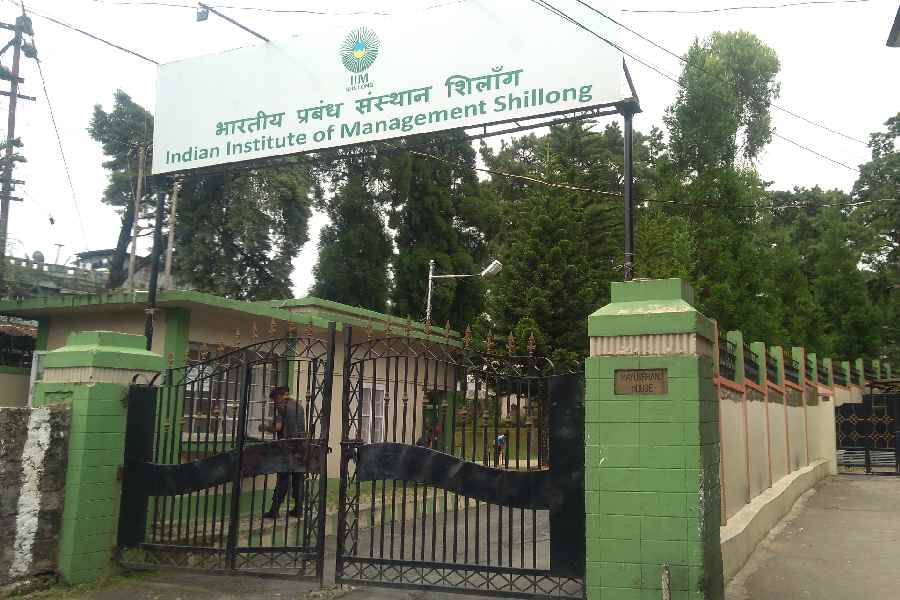The Centre has taken up a feasibility study of a greenfield road to serve as an alternative to NH10, the arterial link to Sikkim and Kalimpong, whose fate experts believe is sealed because of major hydro projects along the present alignment.
Raju Bista, the Darjeeling MP and BJP leader, who held a multi-agency review meeting with officials from National Highways & Infrastructure Development Corporation officials, NHPC and Indian Railway Construction International Limited (Ircon) in Kalimpong on Wednesday, made the announcement
“A feasibility study is being undertaken to examine a new greenfield road alternative for NH10, and once the study is completed, they will move on to the next phase of the execution,” stated Bista in a written statement.
The widening or development of an existing road is categorised as brownfield. The construction of a project on a new alignment is categorised as a greenfield project.
The greenfield project generally passes through new areas.
Once the green signal comes through the feasibility report, the next phase is to develop a detailed project report.
The highway is also crucial from the national security perspective as Sikkim shares borders with China.
On December 26, 2024, the NHIDCL, which functions under the Union ministry of road transport and highways, officially took over a 52km stretch of NH10 from the Bengal PWD (NH Division-X).
Last month, Sikkim MP Indra Hang Subba stated that the NHIDCL had shared plans with him to construct viaducts and steel bypasses across stretches that were badly affected during the recent monsoon, with the goal of completing the work before the next monsoon season.
Experts maintain that it is difficult to maintain NH10 along its current alignment.
Dr Nirmalya Chatterjee, an independent soil scientist who has obtained a doctorate from the Washington State University and has worked in the Sikkim-Darjeeling region, had earlier told The Telegraph that the fate of the highway was sealed.
“From a technical soil physics perspective, the fate of NH10 is sealed. It will never be the same as it was before the dams were built,” said Chatterjee.
It is along this 52km stretch that the 132MW Teesta Low Dam-III and the 160MW Teesta Low Dam-IV have come up between 2013 and 2016 at a cumulative estimated cost of around ₹4,000 crore. This is also the most vulnerable stretch of the highway.
Experts said that long reservoirs created by these dams have resulted in deep waters of up to 25 metre deep in the valley bottom where previously white-water rapids flowed.
“The tremendous pressures of the water column help in pushing the water into the foot slopes of the hills forming the valley. This changes the character of the soil,” said Chatterjee. “The entire stretch of soil layers at the base of the hillslopes and valley bottom between Kalijhora and Tribeni, the end points in the 25km ‘reservoir’ stretch, are saturated with water."
Bista on Wednesday said that NHPC told him that in the past decade, it “spent over ₹126 crore” through local area development fund, corporate social responsibility towards assisting local communities, river and wall protection. “I asked for project details to share with people,” said Bista.










